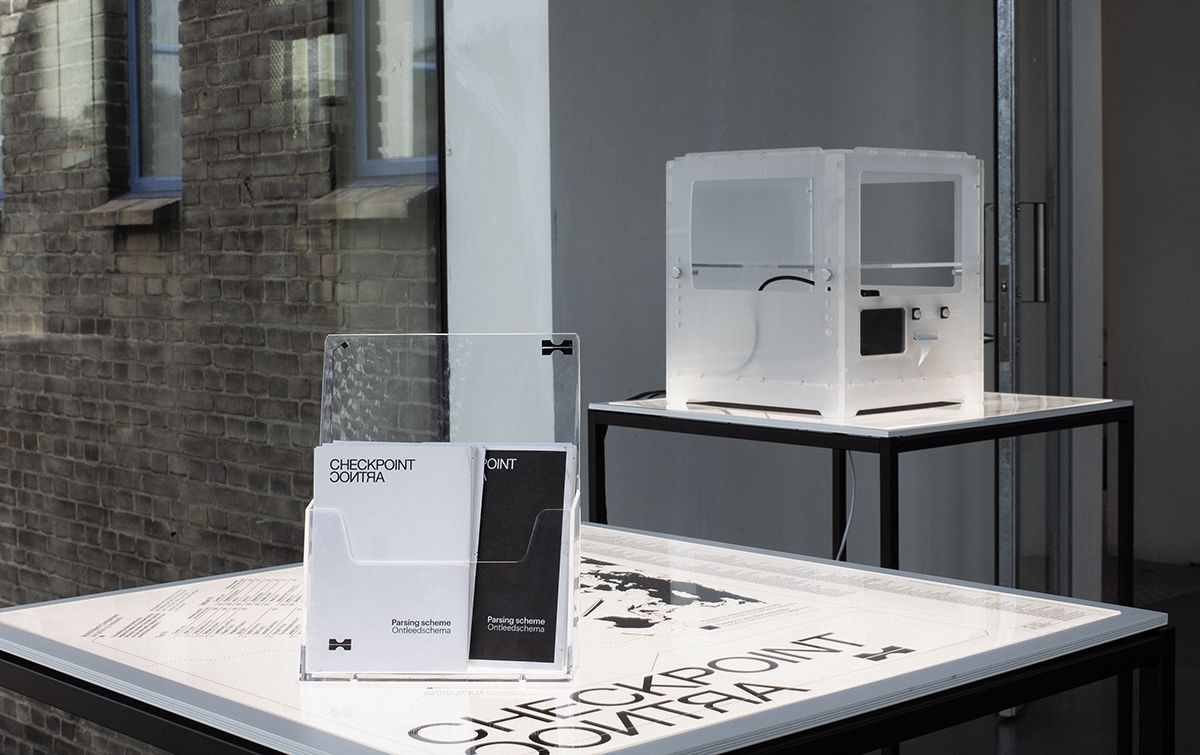
Ralph Bruens
Keywords: Passports, Citizenship, Data
A graphic designer with focus on typography, typesetting and creative coding/programming. Using interdisciplinary tools to make projects varying from narrative translations to communication design, from online to offline or somewhere in between. In 2019, Ralph started together with Brigit van Eijk, design collective popupcult.
GRADUATION PROJECT
Since the introduction of the passport in the 1900s, new features have incrementally been implemented, with the aim of validating the document and preventing identity fraud. However, as the evermore complex improvements make passport production more expensive, exclusivity arises when nations are unable to comply with technological changes.
In Checkpoint Contra Ralph Bruens demonstrates the complexity of the design of the passport by reverse engineering it. The self-developed interactive scanner assesses passports on their degree of exclusivity by providing an anatomical overview of their design features. The project raises questions of data use, and asks how far we should take design developments as a means of safety when they come with the cost of excluding citizens of economically disadvantaged countries.
THE BEAUTY OF NOT BEING FOUND
Thesis
As the internet is more and more surveilled and centralized, its ‘dark’ counterpart, The Dark Web, has become more relevant as a place to connect. Meanwhile, anonymity is often considered as something suspicious. The Dark Web sparks my curiosity. It seals and holds something mystical around itself. Is this because it is harder to access than the 'normal' internet, or maybe because the anonymity of the Dark Web is convenient for criminal activities and I might find myself in a space that is dangerous? This thesis intends to find out what the potentials are for an anonymous space such as the Dark Web. Why is there a 'dark' version of the web? I wish to explore the Dark Web. First, I wish to contextualize the Dark Web, what is the system behind it, and how does it work. Therefore, I need to go on field research and experience the Dark Web for myself. Additionally, I will end this thesis with a part in which artists have responded on surveillance, being monitored, digital footprints, missing and creating anonymity that form the context of the Dark Web.
https://kabk.github.io/go-theses-21-ralph-bruens/public/index.html